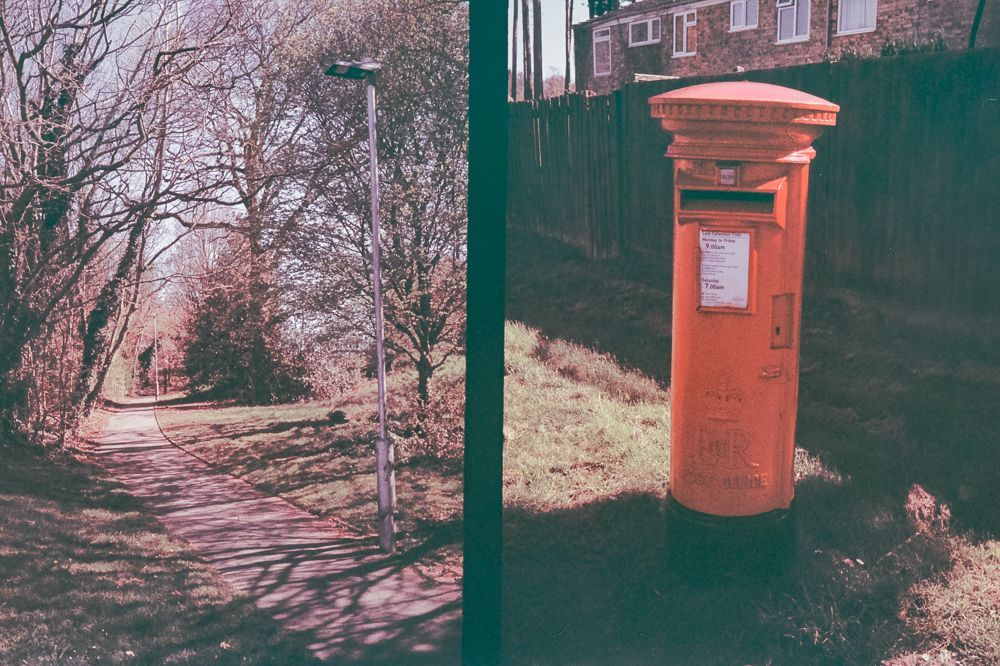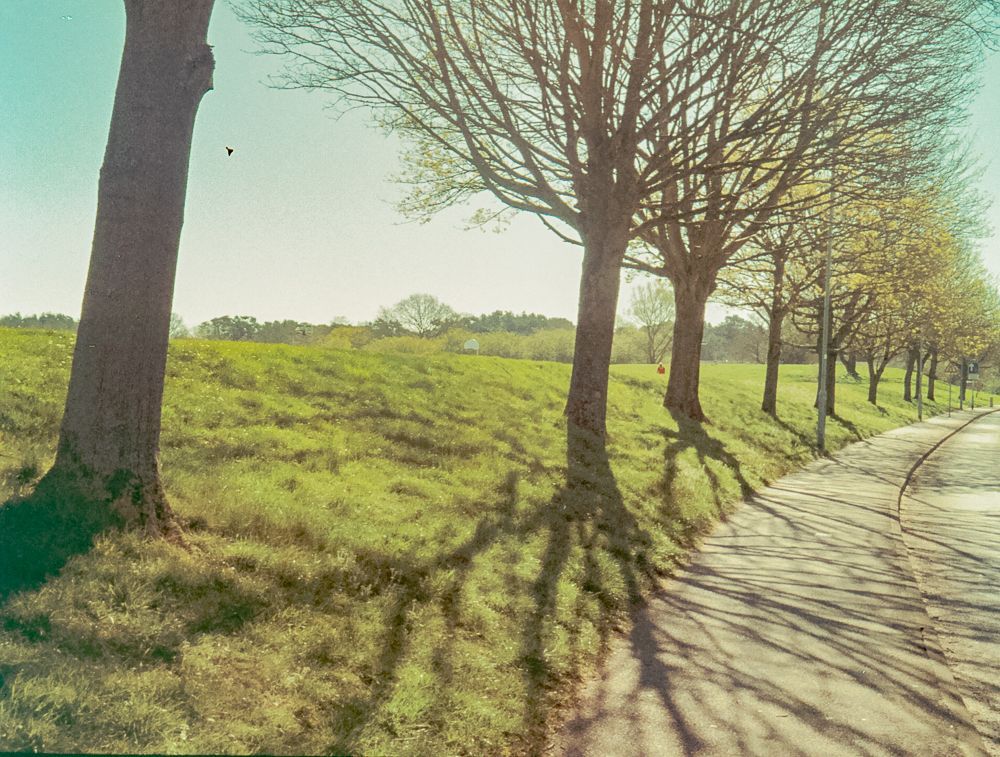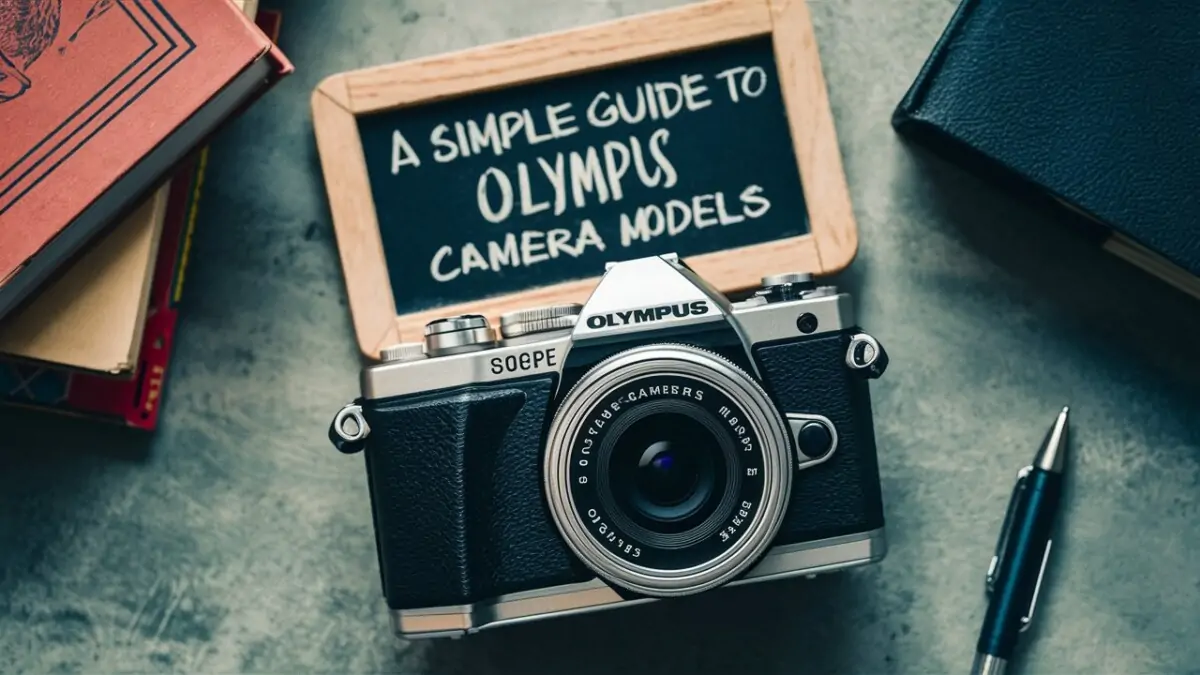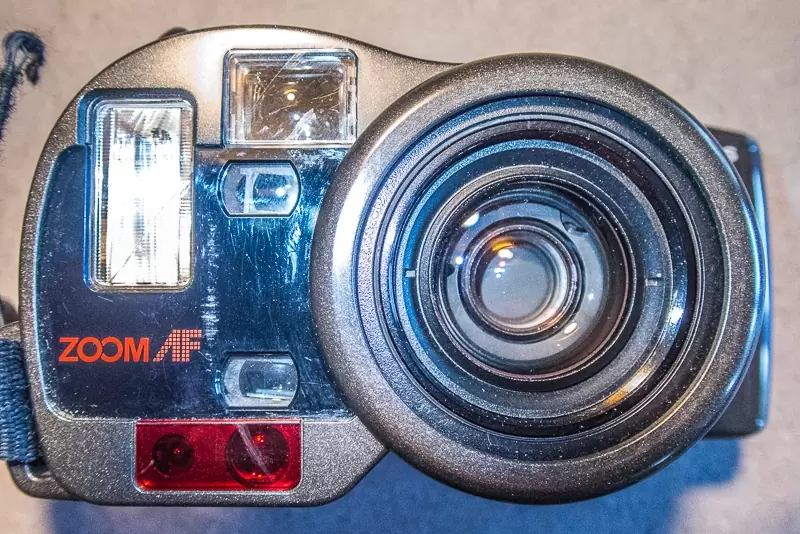You may have looked at my first post about my 1964 Olympus Pen EE – What's in the box. This post is all about what I captured using this point and shoot camera and my feelings about using it, etc. You can read more about this camera at My New Olympus Pen EE, 1964 – What’s in the Box?
Camera Recap
This The Olympus Pen EE is a 35mm half-frame camera made by OlympusOlympus introduced its first camera in 1936, the Semi-Olympus I, fitted with the first Zuiko-branded lens. The first innovative camera series from Olympus was the Pen, launched in 1959. The half-frame format, allowing 72 pictures of 18 × 24 mm format on a standard 36-exposure roll of film, made Pen cameras compact and portable for their time. Pixel More Optical Co., Ltd. between the years of 1962 and 1966. As with all cameras from Olympus’s Pen (film) series, these are compact half-frame cameras that shoot 18x24mm images on normal 35mm film. The EE series incorporated an exposureThe amount of light that reaches the film (or camera sensor). It determines how light or dark an image is. The exposure of an image is determined by the aperture, shutter speed, and film speed (ISO). During exposure, the sensors or chemicals on the film in analogue models, are subjected to the light outside the camera for a certain time. More meter and automatic exposureThe amount of light that reaches the film (or camera sensor). It determines how light or dark an image is. The exposure of an image is determined by the aperture, shutter speed, and film speed (ISO). During exposure, the sensors or chemicals on the film in analogue models, are subjected to the light outside the camera for a certain time. More, making it one of the first true ‘point and shoot’ amateur cameras.
Thoughts and Feelings
This camera definitely feels like it is from the 1960s – in a good way. It is modernist, functional, small and lovely to use. It reminds me of a classic 1960s car. It took me a while to get used to the framing – with a half-frame camera you are in portrait mode and you need to turn the camera for landscape. But as I loaded a 36 exp film I had 72 shots to help me get used to it.

Not needing to focus or set the apertureThe aperture is basically a hole in the camera’s lens that lets light pass through it to the shutter and ultimately the film or censor. The aperture not only influences picture brightness but also regulates depth of focus. Most cameras are equipped with an iris aperture that can be freely adjusted or set according to pre-selected values. More on what feels like a manual camera is also quite strange but also quite easy to get used too. The only thing that you will need to look for is a red ‘flag' in the viewfinder that locks the shutterEither mechanical and/or electronic shutters are possible. Mechanical systems can use a leaf (or iris) shutter or curtain shutter. In digital cameras a third alternative is also possible: the electronic shutter. This works by activating and then deactivating the CCD so that no further light can be recorded, regardless of whether light is hitting the CCD. The shutter controls the exposure time, which can range from thousandths of a second to several minutes or more. Fast shutter speeds freeze action, slow speeds are more suited to stationary subjects. A tripod is recommended for slow exposure shots to avoid camera shake, or IBIS. More if it is likely that results would be over or underexposed.
It certainly felt like a film camera. I wanted to search out 1960s cars and building and maybe grow my hair a little. I can easily see why this camera sold so well and how similar it is to the modern range of OlympusOlympus introduced its first camera in 1936, the Semi-Olympus I, fitted with the first Zuiko-branded lens. The first innovative camera series from Olympus was the Pen, launched in 1959. The half-frame format, allowing 72 pictures of 18 × 24 mm format on a standard 36-exposure roll of film, made Pen cameras compact and portable for their time. Pixel More Pen Cameras.
The camera is surprisingly heavy due to its all-metal construction with the main body being cast from aluminium alloy I believe. Although heavy it is small enough to use entirely one-handed and therefore ideal for street photography. The shutterEither mechanical and/or electronic shutters are possible. Mechanical systems can use a leaf (or iris) shutter or curtain shutter. In digital cameras a third alternative is also possible: the electronic shutter. This works by activating and then deactivating the CCD so that no further light can be recorded, regardless of whether light is hitting the CCD. The shutter controls the exposure time, which can range from thousandths of a second to several minutes or more. Fast shutter speeds freeze action, slow speeds are more suited to stationary subjects. A tripod is recommended for slow exposure shots to avoid camera shake, or IBIS. More release and wind-on wheel are easy to find and use. The wrist strap helps too. Being a one-handed camera, turning the camera for landscape is easy. This is strictly a point and shoot camera so it's easy to take it out of your pocket or bag and get shooting.
Processing and Scanning
I decided to get the film processed and scanned with no prints as I expected that some post-editing would help. In particular, I thought that I would need to change the exposureThe amount of light that reaches the film (or camera sensor). It determines how light or dark an image is. The exposure of an image is determined by the aperture, shutter speed, and film speed (ISO). During exposure, the sensors or chemicals on the film in analogue models, are subjected to the light outside the camera for a certain time. More on some shots. I used a guy advertising on Etsy that was happy to process a half-frame film. It all went quite well but there was some marks on some parts of the negative – not the same place on every frame. I was able to edit these out with Lightroom.
Album – Olympus Pen EE
I am pleased with the results – click on an image to change to Gallery mode.
What will I do with the Images?
Well, first things first, I did very much enjoy using the Pen EE and I am please with the results. So the first objective for buying the camera has been met. In addition to adding the photos to this website, I have also uploaded a digital copy to my Etsy Shop so Safe in the Forest and Poodle over Stream our both for sale as instant downloads. I also hope to publish more of them in a zine together with information about the OlympusOlympus introduced its first camera in 1936, the Semi-Olympus I, fitted with the first Zuiko-branded lens. The first innovative camera series from Olympus was the Pen, launched in 1959. The half-frame format, allowing 72 pictures of 18 × 24 mm format on a standard 36-exposure roll of film, made Pen cameras compact and portable for their time. Pixel More Pen EE.
More about the zine featuring the Pen EE
My Etsy Shop
[etsy-shop shop_name=”RWJemmett” section_id=”29333601″]
[etsy-shop shop_name=”RWJemmett” section_id=”28458455″]
[etsy-shop shop_name=”RWJemmett” section_id=”29333477″]
[etsy-shop shop_name=”RWJemmett” section_id=”28927529″]
Links
New Olympus Pen EE, 1964 – What’s in the Box?
INTO THE FOREST – A Forest Adventure with Camera and Poodle – printed copy available via Etsy





2 thoughts on “Olympus Pen EE – Results and Feelings about this Film Camera”